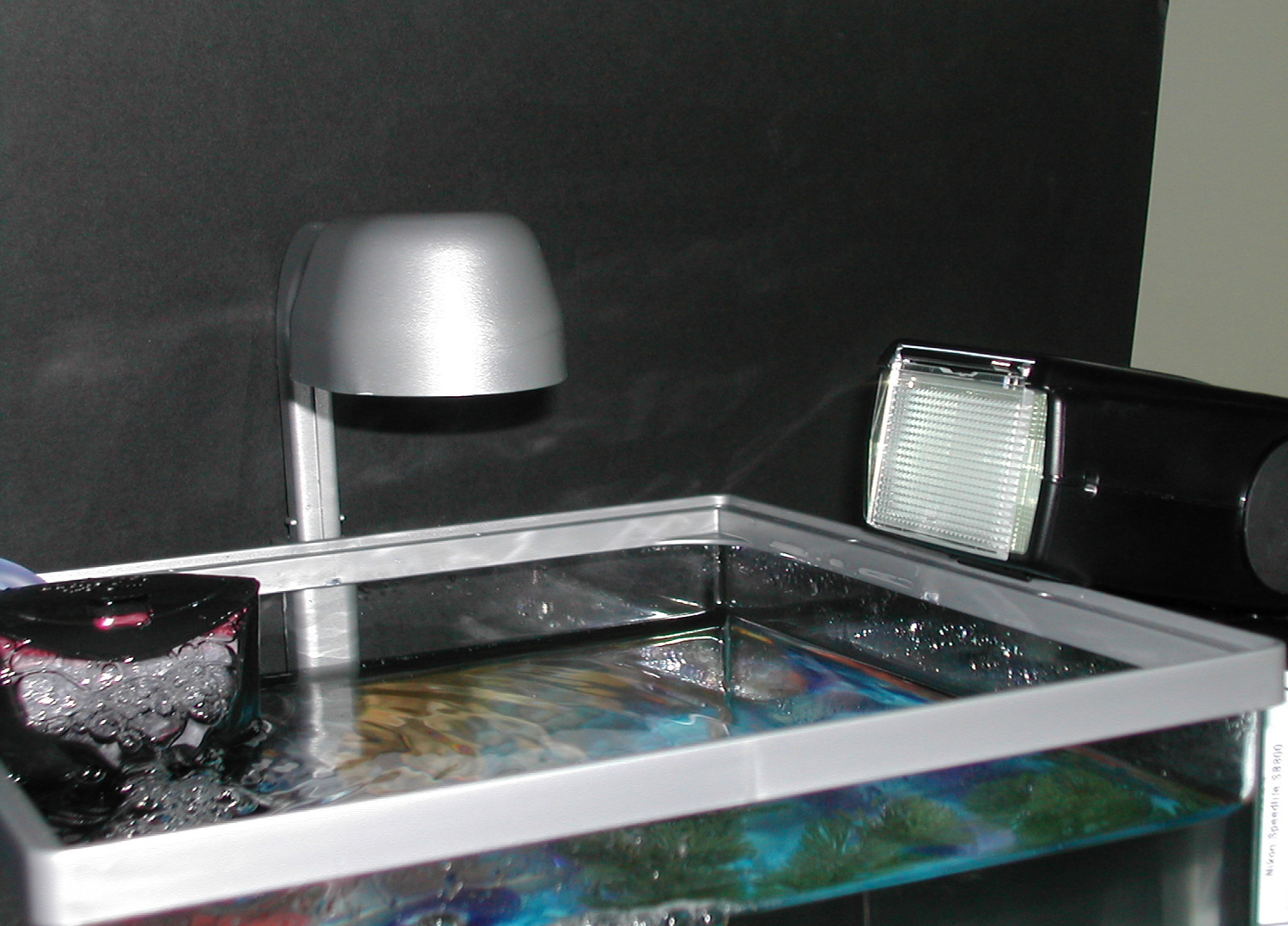The Bubble Eye is a variety of fancy goldfish which has upward pointing eyes that are accompanied by two large fluid-filled sacs.
These sacs start to develop three months after hatching.
The Bubble Eye usually has an evenly curved back and lacks a dorsal fin.
They have metallic scales and are very similar to the Celestial Eye Goldfish.
Bubble eyes come in many different colors such as red, red and white, black, gold, and calico. They can be purchased at almost any pet store.
Special Care
Because of the large fluid-filled sacs below their eyes, they are pretty slow and clumsy swimmers.
They should be fed slow sinking food and should only be kept in a tank with other Bubble Eyes or other slow swimming fish.
To avoid popping their sacs, the tank should be free of any tank decorations or plants (real or plastic) with sharp or pointy edges.
If their bubble sacs pop and do heal back, they usually do not heal back properly.
Scientific Classification
Kingdom: Animalia
Phylum: Chordata
Class: Actinopterygii
Order: Cypriniformes
Family: Cyprinidae
Genus: Carassius
Species: C. auratus
There are many different varieties of goldfish, but all are classified as Carassius auratus.
Photographic Technique
Camera used: Nikon D2xs with 105mm macro lens using a Nikon Speedlight SB-800 (TTL) hand-held flash (with flash cable).
To photograph my Bubble Eye Goldfish (whom I call Lucy), I placed her in a cube-shaped 1.5 gallon tank.
The water and the tank's outer surface should be as clean as possible. This will make your Photoshop editing less time consuming.
I placed the tank on a sturdy table and used a dim lighted room. A dim lighted room is a must to help reduce reflections off of the tank.
I did not use a tripod---instead I propped the flash onto the side of the fish tank and hand-held the camera. I found this the best way to keep up with the fish's movements.
I set the magnification on the lens and would then zoom in and out using my body to focus.
Since the fish moves (and sometimes pretty fast) the electronic flash is an absolute must. I used shutter speeds ranging from 1/60th to 1/250th.

Image above shows my set up---I used a black background (mat board) and rested the hand-held flash onto the side of the tank.




